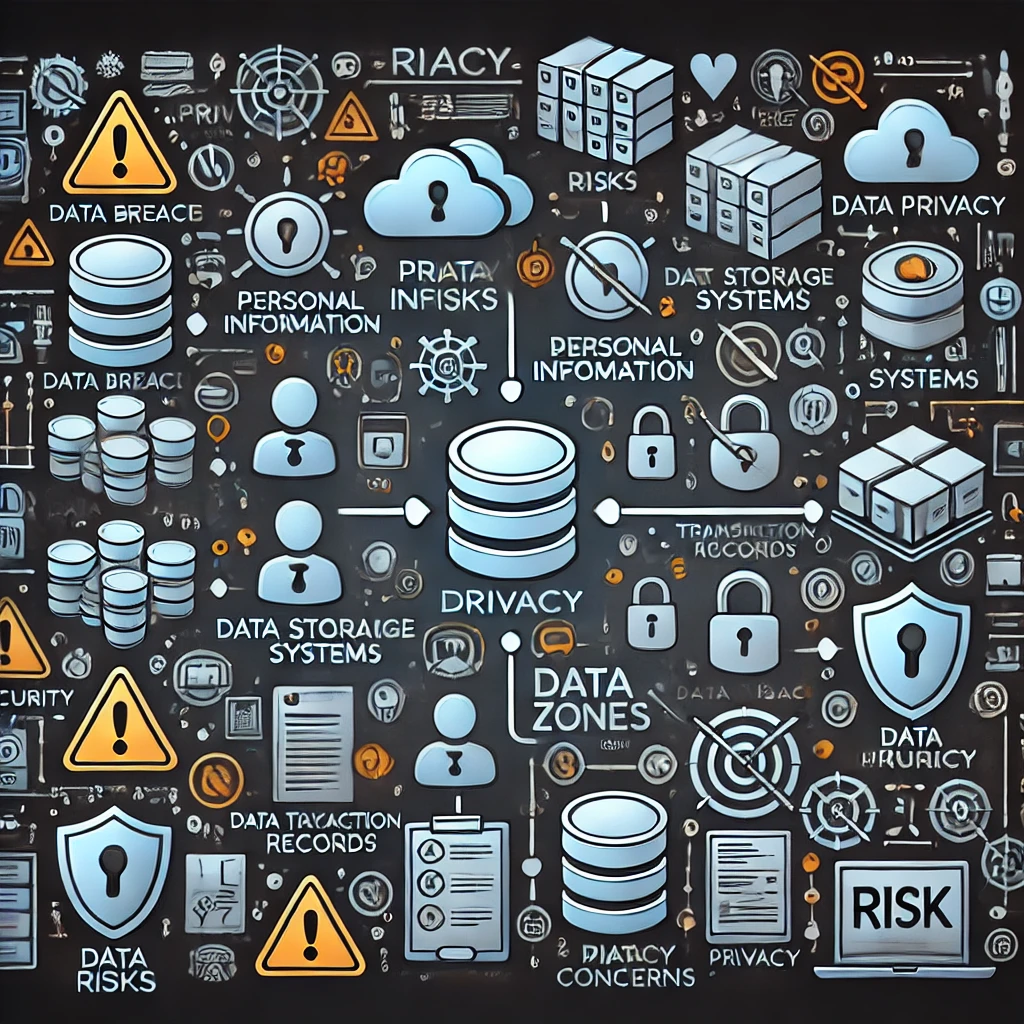Data mapping and privacy impact assessments (PIAs) are two distinct but related processes in data privacy management. If you’re at an organization who has a mature data privacy program you will be very familiar with Data Mapping, PIAs, and DPIAs. An SMB however will most likely be researching and wanting to understand the differences between them and requirements. Education about data governance is crucial for organizations aiming to comply with our ever growing list of data privacy frameworks and laws like GDPR. Below our experts here at Captain Compliance help you to learn about these concepts and their relationships to state laws and Data Protection Impact Assessments (DPIAs).

Data Mapping
Data mapping is the process of creating a visual representation of how data flows through an organization. It involves:
- Identifying data sources
- Tracking data movement and storage
- Documenting who has access to the data
- Illustrating how data is protected
Data mapping is fundamental to understanding an organization’s data landscape and is often the first step in privacy compliance efforts. This can also be one of the most complex data privacy initiatives.
Privacy Impact Assessment (PIA)
A PIA is a process used to evaluate potential privacy risks associated with a specific program or system. It typically includes:
- Analysis of personal data collection, use, and sharing
- Assessment of security measures
- Identification and mitigation of privacy risks
PIAs are broader in scope and can be applied to various privacy frameworks and regulations.
Data Protection Impact Assessment (DPIA)
A DPIA is similar to a PIA but is specifically required under the EU’s General Data Protection Regulation (GDPR). It focuses on:
- Evaluating privacy risks associated with processing personal data
- Assessing potential impacts on individuals’ rights and freedoms
- Identifying measures to mitigate identified risks
Key Differences
| Aspect | Data Mapping | PIA | DPIA |
|---|---|---|---|
| Focus | Data flow visualization | Privacy risk evaluation | GDPR-specific risk assessment |
| Scope | Entire organization | Specific program or system | High-risk data processing activities |
| Timing | Ongoing process | Before implementation | Before processing begins |
| Legal Requirement | Varies by jurisdiction | Often recommended | Mandatory under GDPR for high-risk processing |
State Law Requirements Examples
State privacy laws vary in their requirements for data mapping, PIAs, and DPIAs. For example:
- California Consumer Privacy Act (CCPA): Requires businesses to maintain an inventory of personal information, which is essentially a form of data mapping.
- Virginia Consumer Data Protection Act (VCDPA): Mandates data protection assessments, similar to PIAs, for certain high-risk processing activities.
Foundational Understanding of Data Mapping vs. DPIA
While data mapping provides a foundational understanding of an organization’s data landscape, PIAs and DPIAs are more focused assessments of privacy risks. Data mapping often serves as a crucial input for conducting effective PIAs and DPIAs. Organizations should be aware of the specific requirements in their jurisdictions and implement these processes accordingly to ensure comprehensive privacy compliance.